Substantial Increase in Poverty Levels
A recent United Nations assessment, released on Tuesday, projects that poverty levels in the Palestinian territories will double, reaching 74.3% this year. This surge results from the ongoing conflict in Gaza, which has persisted for over a year.
Achim Steiner, the Director of the United Nations Development Programme (UNDP), emphasized the severe consequences of the war. He stated, “The direct impacts of the conflict are enormous, not only in terms of infrastructure destruction but also regarding poverty and loss of livelihoods.”
Long-term Development Setbacks
The UNDP and the United Nations Economic and Social Commission for Western Asia (ESCWA) estimate that the poverty rate in the occupied Palestinian territories—comprising Gaza and the West Bank—will rise to 74.3% in 2024. This marks a significant increase from 38.8% at the end of 2023, translating to approximately 4.1 million impoverished individuals, including 2.61 million newly classified as poor.
Steiner warned, “We face a serious developmental crisis that jeopardizes the future of Palestinians for generations to come.” He further noted that even with annual humanitarian assistance, the Palestinian economy might not recover to pre-crisis levels for a decade or more.
Economic Decline and Unemployment
The report, titled “Gaza War: Projected Social and Economic Impacts on the State of Palestine – October 2024 Update,” predicts a 35.1% contraction in GDP for 2024 compared to a scenario without conflict. Additionally, the unemployment rate could soar to 49.9%.
The UN report stresses that the Palestinian economy requires a “comprehensive recovery and reconstruction plan,” alongside the removal of Israeli economic restrictions and the establishment of favorable conditions for recovery efforts.
Steiner elaborated, “It is not just about achieving a ceasefire; we must also create macroeconomic conditions that allow funding to return to the Palestinian territories.”
Environmental and Health Risks from War Debris
The ongoing conflict has left behind an estimated 42 million tons of rubble in Gaza, resulting from intense bombing and violent clashes since the onset of the Israeli campaign against Hamas.
The United Nations warns that this debris poses significant health and environmental risks. Proper protocols must be followed when dealing with buried human remains, unexploded ordnance, and hazardous materials. Additionally, destroyed solar panels present dangers as they release lead and other heavy metals into the environment.
Background of the Conflict
The conflict erupted after an unprecedented attack by Hamas on Israel on October 7, 2023. This attack resulted in the deaths of 1,206 individuals in Israel, primarily civilians, according to an AFP tally based on official Israeli figures, which includes hostages who died or were killed during their captivity in Gaza.
In response, Israel has conducted a devastating bombing campaign and ground operations in Gaza for over a year, leading to at least 42,718 deaths, mostly among women and children, according to the latest data from the Hamas-affiliated Ministry of Health, which the UN considers reliable.
This report underscores the urgent need for international attention and action to address the escalating humanitarian crisis in the Palestinian territories.
To follow the news in Arabic
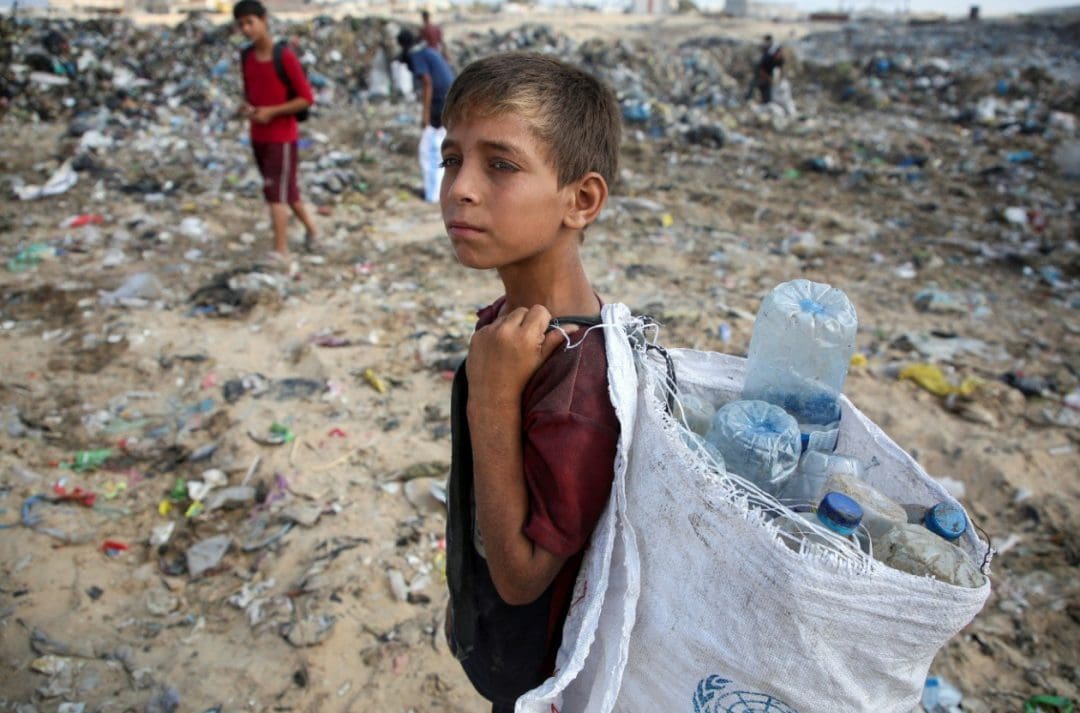
 The Arab Parliament urges international and regional parliaments to halt Israeli efforts to dismantle UNRWA.
The Arab Parliament urges international and regional parliaments to halt Israeli efforts to dismantle UNRWA. Lebanon: Israeli airstrikes death toll rises to 3,117, with 13,888 injured, amid ongoing conflict.
Lebanon: Israeli airstrikes death toll rises to 3,117, with 13,888 injured, amid ongoing conflict.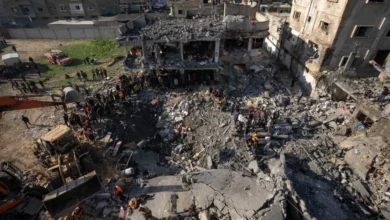 Dozens of martyrs reported due to Israeli airstrikes on Gaza.
Dozens of martyrs reported due to Israeli airstrikes on Gaza.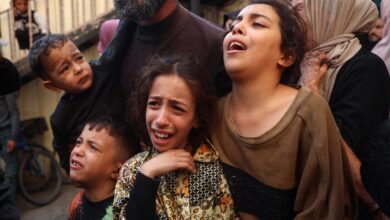 Palestinian presidency: Israel’s severing ties with UNRWA aims to eliminate the Palestinian refugee issue.
Palestinian presidency: Israel’s severing ties with UNRWA aims to eliminate the Palestinian refugee issue.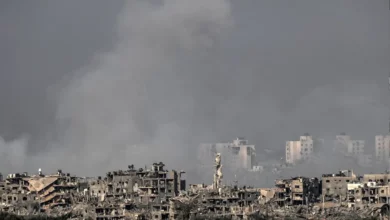 Casualties reported as Israeli forces shell a house in the Tal al-Hawa neighborhood of Gaza City.
Casualties reported as Israeli forces shell a house in the Tal al-Hawa neighborhood of Gaza City.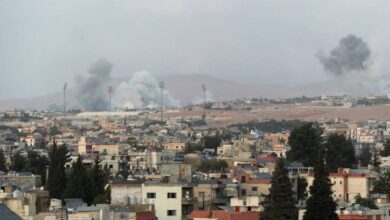 Lebanon: Israeli airstrikes raise the death toll to 2,968, with 13,319 injured.
Lebanon: Israeli airstrikes raise the death toll to 2,968, with 13,319 injured.